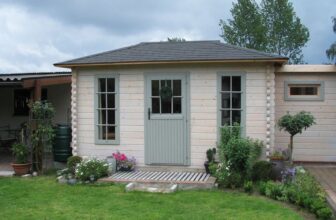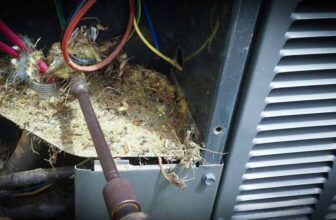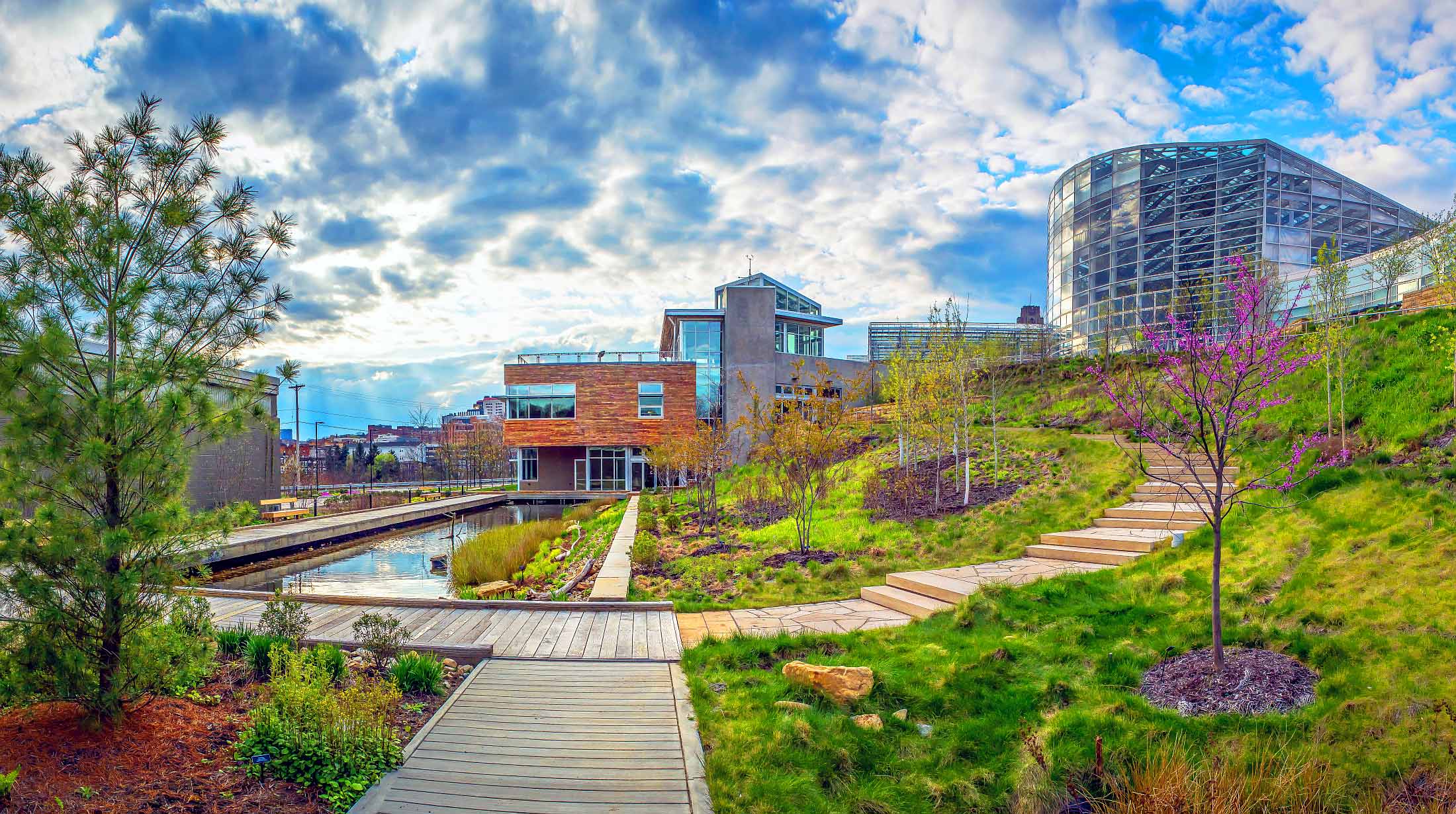
In recent years, innovative landscaping architecture ideas have become more aligned with sustainability and awareness of the natural environment. In our world today, it’s more important than ever to take care of our natural world as we face a plethora of environmental crises, such as pollution, habitat loss, and the effects of global climate change.
Of course, no single home or family can address all these environmental issues. Even if we wanted to, the scale is simply too large. However, you can still make a difference and positively impact your local environment by making your landscape more sustainable.
“Sustainability” is a word that is often thrown around when we may not know exactly what it means or how it applies to landscaping. That’s why we’re taking the time to define sustainable landscaping, provide some tips on how you can make your yard more sustainable, and dispel the myth that sustainability has to be expensive and more work.
Table of Contents
What Is A Sustainable Landscape?
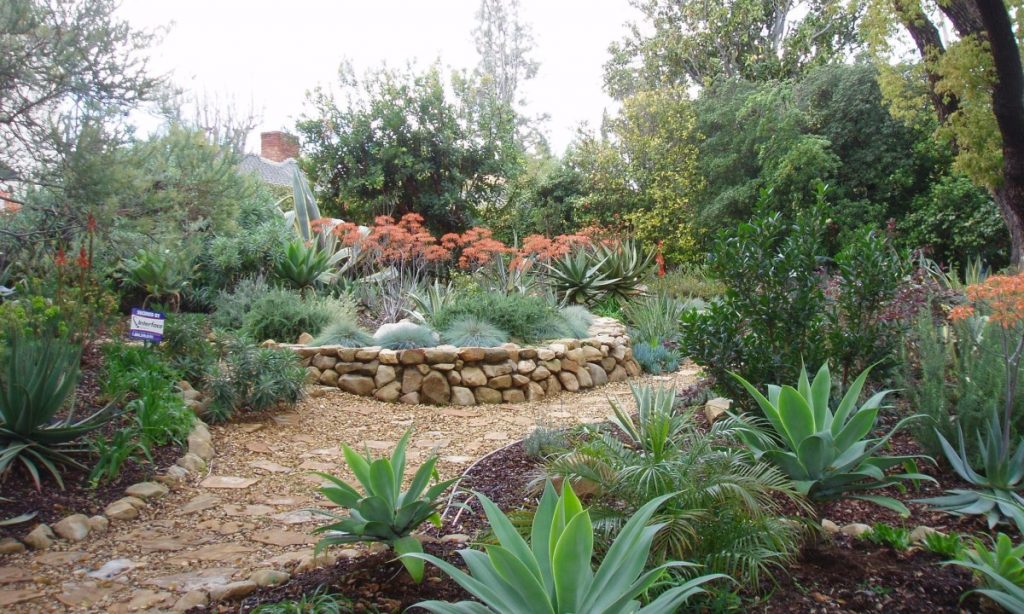
img source: saymedia-content.com
According to the Environmental Protection Agency (EPA), sustainability all comes down to one simple principle: everything we need for our long-term health and survival, in one way or another, comes from our natural environment. To work toward sustainability means creating conditions that allow humans and nature to exist within a mutually beneficial relationship. In many ways, sustainability is about balance.
A sustainable landscape, therefore, is one that keeps this goal of sustainability in mind when designing and implementing your home landscaping project. A sustainable landscape can be achieved in many ways, such as conserving water.
With landscape.directory you can choose any landscaping company you want. Here are TOP landscaping contractors in Phoenix, Arizona
Is A Sustainable Landscape More Work?
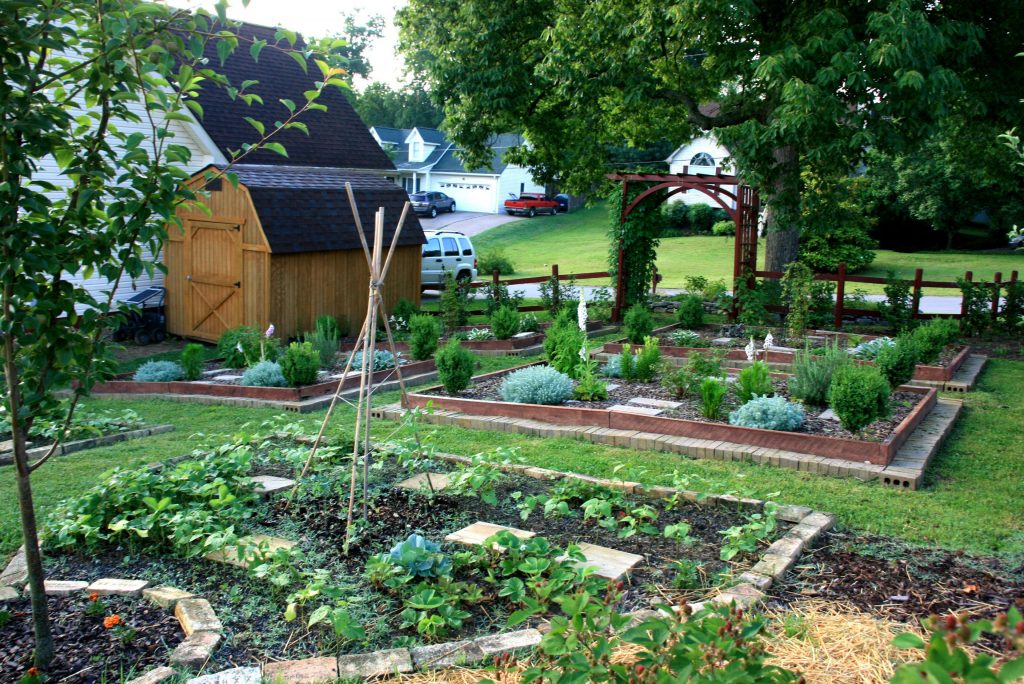
img source: saymedia-content.com
Yes, and no. Determining whether or not sustainable practices will lead to more work depends entirely on your current yard. If you’ve already invested in a large-scale project, it may require more time and resources upfront to make certain changes; however, if you’re just starting out, you can easily implement many sustainable choices with your yard.
Additionally, this is a challenging question to answer because the answer depends on your timeline. In the short term, implementing sustainable changes may take more work and effort. But in the bigger picture, a sustainable landscape actually makes your yard much easier to maintain. How is this?
Take native plants for example. Compared to nonnative species, these plants require less time and money because they’re suited to thrive in your local environmental conditions, such as temperature, amount of precipitation, wind, and shade. You’ll spend less time maintaining and even replacing them.
Sustainable landscaping practices can also reduce your water use. Not only does this help to conserve an important resource, but can also save you money and even time so you’re not constantly watering your plants or fixing a leaky irrigation system. A sustainable landscape, when done properly, is designed to work with the surrounding environment, which means less maintenance because the ecosystem is working as one.
How To Have A Sustainable Landscape
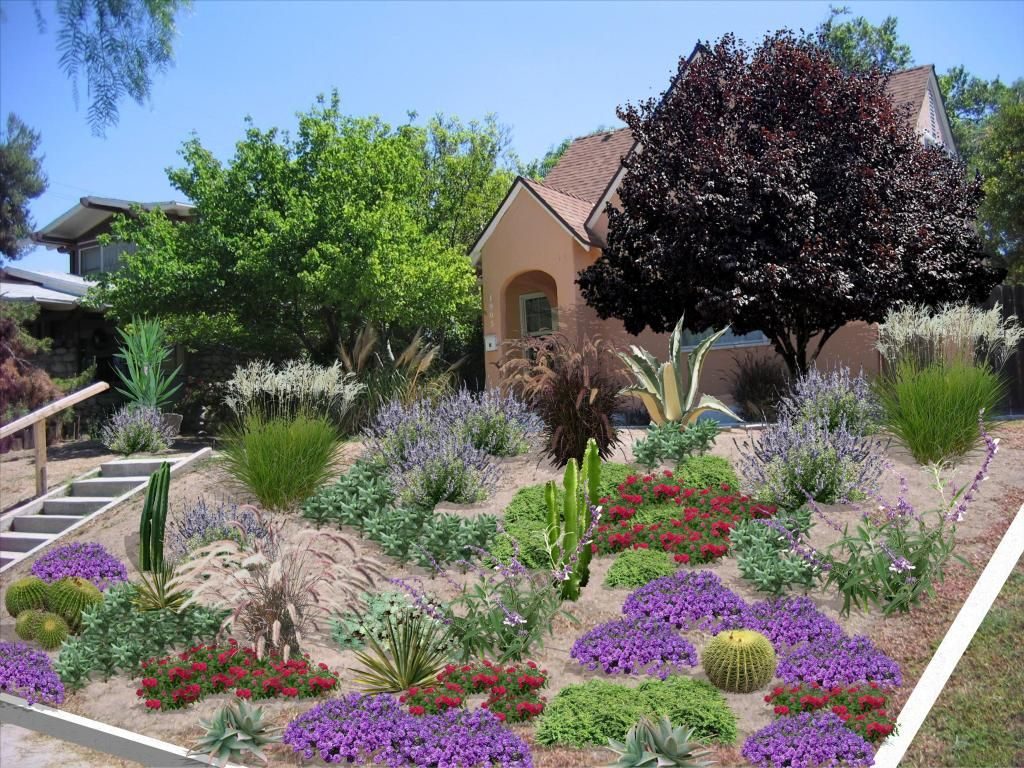
img source: pinterest.com
Incorporating sustainable landscaping practices within your own property doesn’t need to be costly or complicated. In fact, there are many simple, and affordable, changes you can make that will drastically improve the sustainability of your yard and outdoor space. Here are just a few tips for making your landscape more sustainable:
1. Conserve Water
Use a rain barrel to collect and store water for later use or use native plants that require less watering.
2. Native Plants
Speaking of native plants, using them in your yard can be an excellent and aesthetically pleasing method for becoming more sustainable. Native plants can be pleasing to the eye, use less resources, and require far less time and energy since they’ve evolved to thrive in your environment.
3. Diversity Matters
While it may not always appear so, your yard is in fact an ecosystem on a small scale. To help your own ecosystem thrive, try to implement diverse plants, trees, shrubs, and flowers. The unique species will actually work together and can help one another thrive.
4. More Green Space
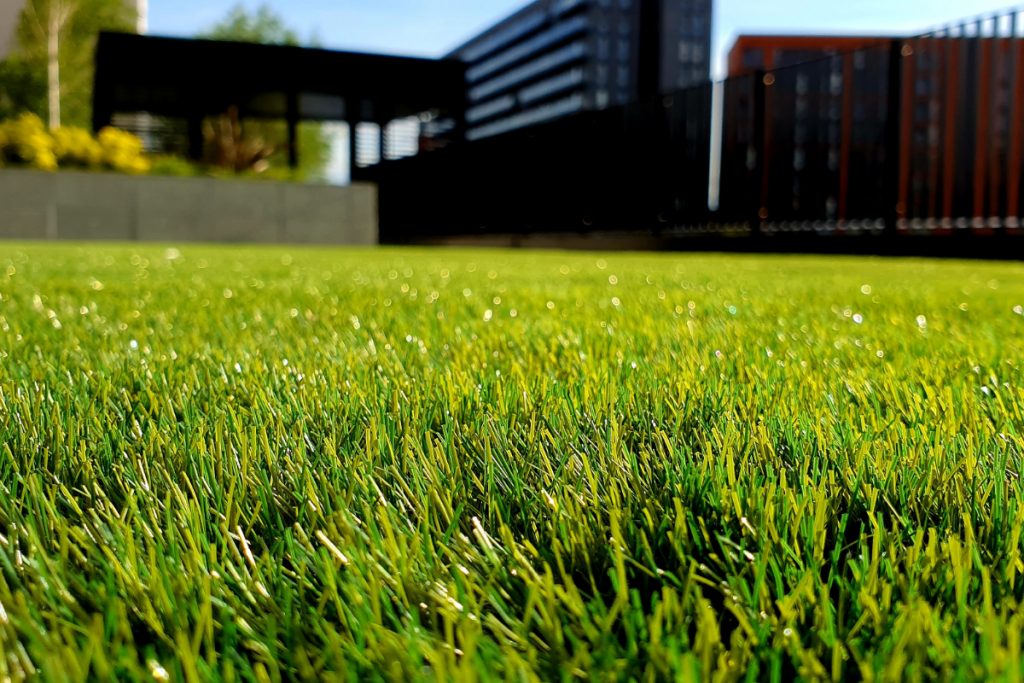
img source: workwave.com
Most landscaping projects require some measure of ground paving. Whether using bricks, stones, or asphalt, you’ll lose some green space in your yard with a landscaping project. However, you can also focus on keeping pavement to a minimum and strive to keep as much green space as possible.
Not only does a natural surface look better, but it actually has many important benefits. When rain or snowfall lands on a paved surface, the precipitation is unable to absorb into the soil and groundwater and ends up as runoff, which can lead to flooding, erosion, and even wash dangerous chemicals and fertilizers into water systems.
5. Perennials Over Annuals
Like many sustainable practices, perennials may require more work upfront but have a long-term payoff. Annuals, as their name suggests, only have a one-year life cycle, which means you’ll spend more time and money replacing these bloomers over time. Perennials, on the other hand, may take a few life cycles to adjust, but once they do, they offer your garden and yard years of beautiful blooms.
6. Mulch and Compost
Many get these two confused. Compost is decomposed organic matter that can provide nutrients to your plants and garden. Organic compost can also help conserve water and ward off pests and diseases. Composting is also an eco-friendly way to dispose of kitchen scraps and waste.
Mulch, on the other hand, can really be any material that covers the soil surface. You can use organic mulch, such as straw or grass, or inorganic mulch, like a plastic covering. Of course, sustainable practices advocate using an organic mulch that helps retain water and add nutrients to the soil and grass during decomposition.
Conclusion – Are Sustainable Landscapes More Work?
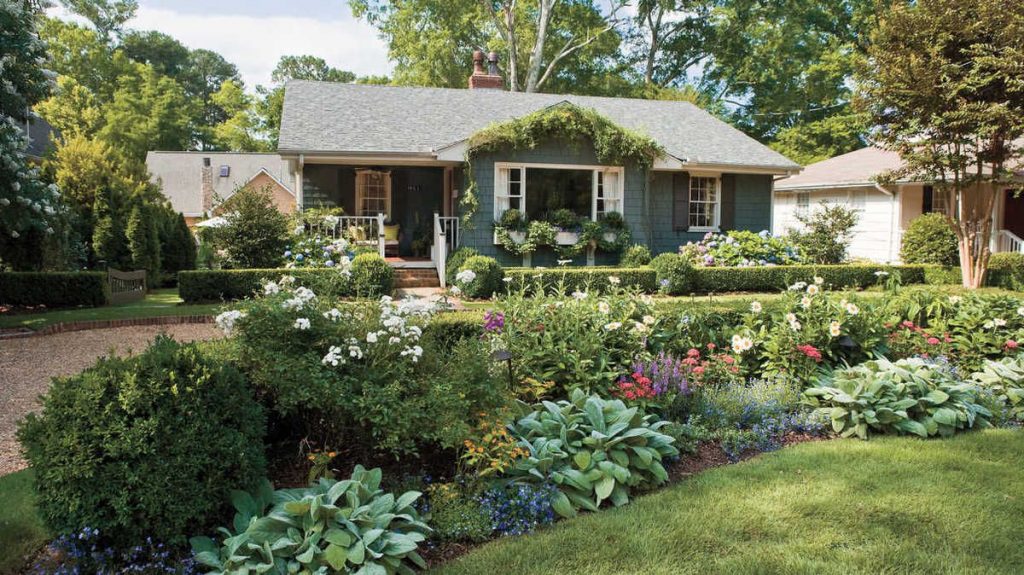
img source: kiwi.com
No matter the size or scale of your yard, there are so many ways to make your outdoor space more sustainable. Whether utilizing native plants, increasing the amount of green space, or designing a more efficient irrigation system, you can easily improve the relationship between your yard and the surrounding natural environment.
In the end, a sustainable landscape and lifescapecolorado.com can save you time, money, and help make a positive impact on your local community. Your yard alone may not be able to save the world, but you can do your part by choosing sustainable practices with your next landscaping project.




